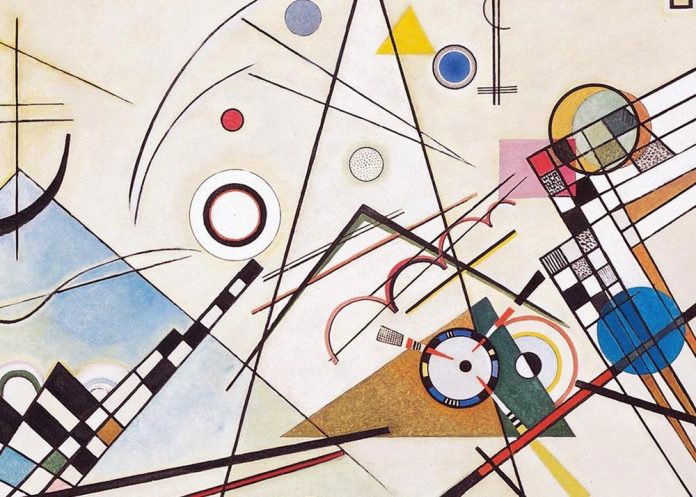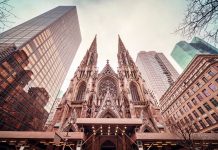Today, the consciousness of designers has come very close to transforming into artistic creativity the principles and techniques of those types of engineering design that traditionally focused on computational methods, attracting people of art only as “designers”.
Since ancient times, the construction of bridges has belonged to this kind of “double” art, engineering-constructive in the basis and architectural-decorative in the “superstructure”. Sometimes, however, making the engineering and mathematical logic of the design and the expressiveness of the material the only source of aesthetic sensations.
In the XIX century, with the advent of new materials and design technologies, the “tectonic” line has sharply strengthened and now dominates in bridge construction.
A modern bridge, especially a large one, conquering giant spans and harnessing gravity, has become a symbol of the ability to make the right beautiful. But at the same time, gaps were also identified in the one-sided “technical” approach to this type of creativity: misunderstanding of the figurative meaning of the urban or natural environment, which “alienated” many structures from the context that accepted them; overestimation of interest in working out only the “large form” – the actual span structure, ignoring the details of the “second plan” (fences, lighting elements, etc.). In this case, it is necessary to solve the problems of “aestheticization” of engineering ideas in parts, understanding them as a multi-pass program for drawing one of the “themes” of the general environmental composition.
The environmental approach in bridge design manifests itself in two ways: on the one hand, by “inscribing” a structure into an urban or landscape composition as a part of an ensemble, on the other hand, by forming this “detail” as an independent completed environmental integrity. The first aspect considers the bridge structure “from the outside”, in the macro-scale of its purpose and environment, the second – “from the inside”, from the standpoint of “interior” perception, bringing all elements of the structure as close as possible to the viewer.
In the urban macro environment, any bridge performs several roles simultaneously. Firstly, it is an active anthropogenic accent, a particularly expressive part of the urban ensemble that develops with its participation. Secondly, the bridge structure is a kind of “view platform” from which this ensemble is perceived either by pedestrians or by passengers of vehicles passing over the bridge. Thirdly, the bridge is always a giant sculpture embodying in its forms the ability to solve tectonic and plastic problems of creating three-dimensional compositions that are outwardly utilitarian, but in fact personify their time by artistic means (proportions, dynamics, rhythm, scale, etc.). All three roles are closely interrelated, but each requires its own application of professional efforts .



















